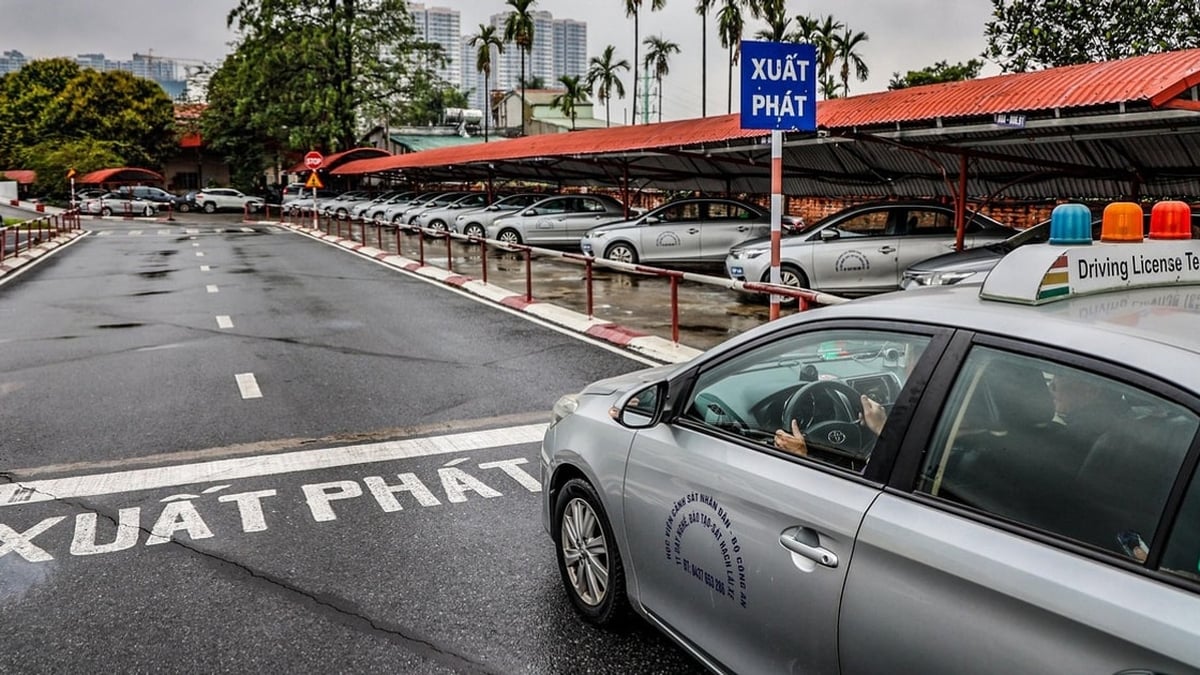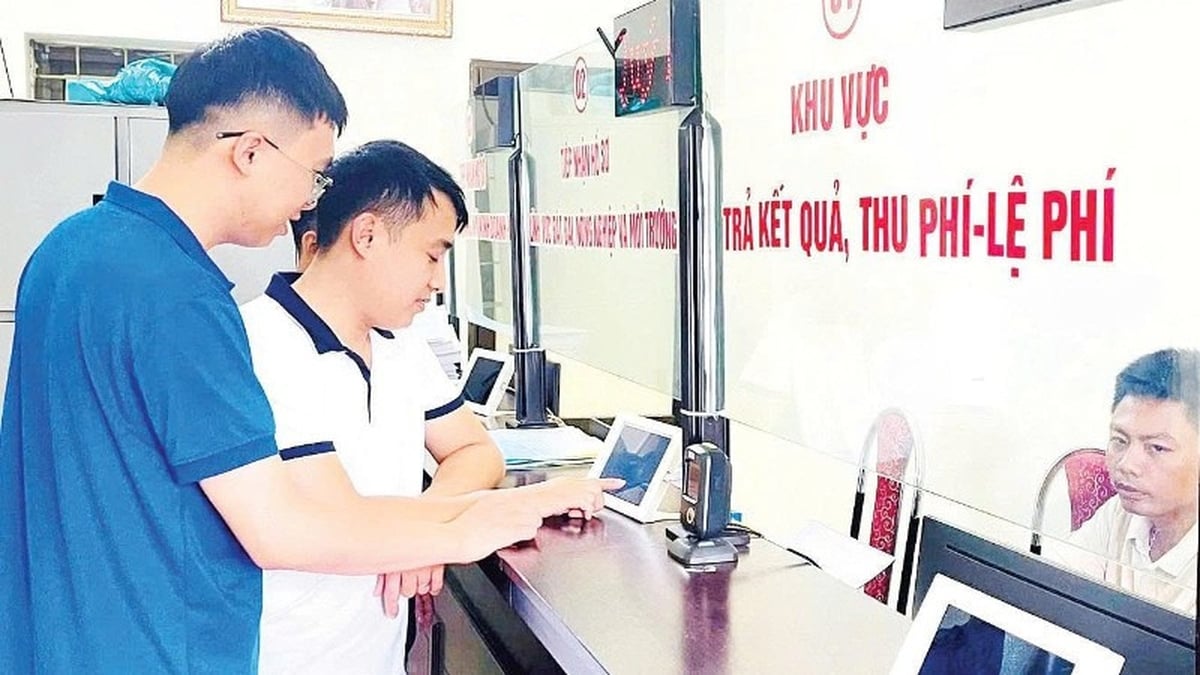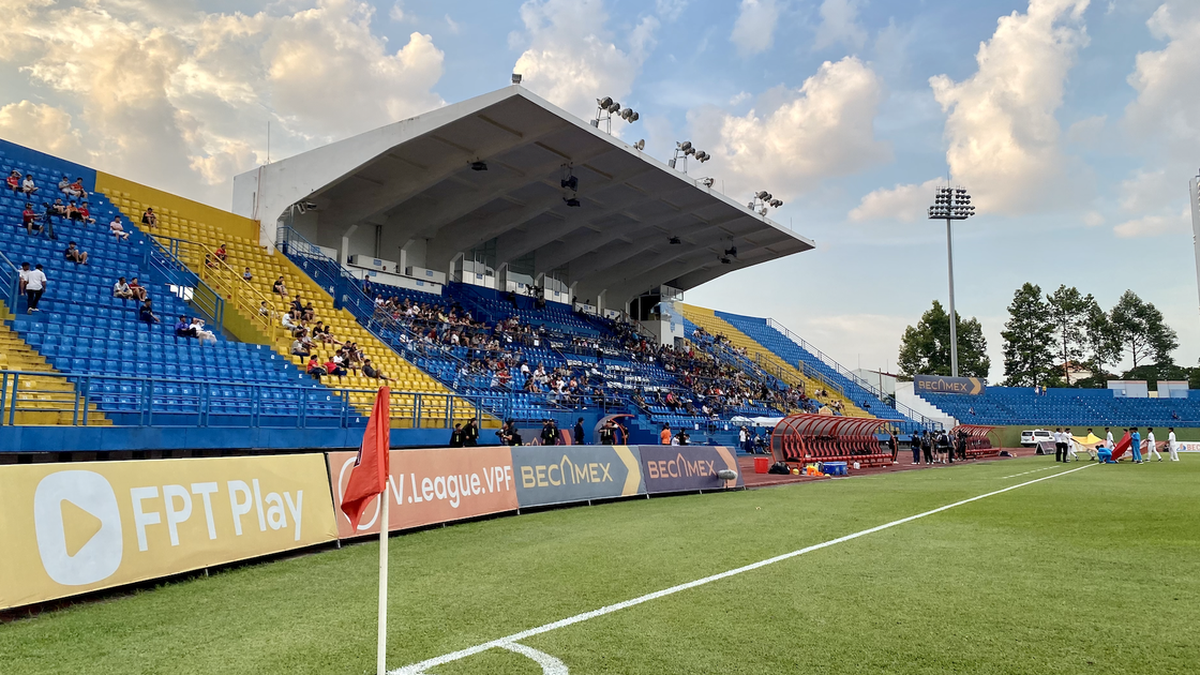Durian can bring significant profits in the short term, but massively converting crop structure and depending on a limited market like China is fraught with risks.
Over the past decade, durian has grown at a "miraculous" rate with the planting area increasing sixfold, reaching nearly 180,000 hectares, of which Dak Lak province (old) alone accounts for more than 30,000 hectares, becoming a key crop in the national agricultural structure. Notably, since July 2022, when Vietnam signed the Protocol on the official export of durian to China, the export turnover of this industry has exceeded the three billion USD mark in just two years.
Consequences of "hot" growth
However, the rapid development of the industry has also revealed many consequences. Recently, problems have begun to emerge, especially the imbalance between the speed of production expansion and the ability to organize the supply chain, as well as between the quality control requirements of the import market and the response capacity of domestic production facilities.
In the first five months of this year, durian exports reached 386 million USD, down 58% compared to the same period in 2024. Notably, in May, export turnover continued to decline, marking the fifth consecutive month of decline. The proportion of durian in the group of exported fruits and vegetables also decreased sharply, from 35% to 17%. The main reason is the sharp decline in the Chinese market, which accounts for 72% of Vietnam's durian exports.
At the workshop “Sustainable development of durian industry”, Ms. Nguyen Thi Thanh Thuc, Chairwoman of the Board of Directors and General Director of Auto Agri Software Technology Joint Stock Company, said that the decline in durian exports was not unexpected, because the “hot” growth in the past two years had created a hasty and uncalculated trend from management agencies, investors and people.
Seeing the huge profits from durian, many people quickly changed their crop structure, cutting down perennial crops to grow durian or investing in land without anticipating the potential risks. This lack of caution can cause serious consequences in the future if there is no timely adjustment.
In addition, Ms. Thuc also noted the subjectivity in responding to the Chinese market. With many years of experience in cooperating with traders here, Ms. Thuc commented that when China issues a policy, it does not mean that they simply announce it, but in fact they have prepared very carefully, with full inspection tools. Therefore, the durian industry cannot lack careful preparation and a long-term export strategy to be able to meet the increasingly strict requirements of China in particular and the international market in general.
Mr. Dang Phuc Nguyen, General Secretary of the Vietnam Fruit and Vegetable Association, added that the incident of many batches of Vietnamese durian exported to China being found to contain heavy metal cadmium residue exceeding the prescribed level is not only a food safety issue, but also a major challenge to quality management capacity, even facing the risk of losing important export markets.
Cannot go alone if you want sustainable development
At the Conference on “Sustainable Development of the Durian Industry” in Dak Lak , agricultural experts repeatedly emphasized urgent issues that need to be resolved so that the Vietnamese durian industry in general and the Central Highlands in particular can maintain and develop sustainably in the future.
According to Mr. Vo Quan Huy, Director of Huy Long An Company Limited, Vietnam has a great advantage in terms of seasonality with the ability to supply durian all year round, but still faces difficulties in quality control. Therefore, it is necessary to promptly overcome the situation of lax management of growing area codes and substandard packaging facilities.
Agreeing, Mr. Mai Xuan Thin, General Director of Red Dragon Company Limited, said that Vietnam cannot develop the durian industry alone. To achieve sustainability, it is necessary to cooperate closely with countries with developed industries such as Thailand to build a strong regional brand. This will be an important step to help Vietnamese durian compete firmly in large markets such as China and ensure the stability of the industry in the long term.
Mr. Vu Phi Ho, representative of Sarita Enterprise, said that in the face of the “mixed gold and copper” situation in the durian industry, the Ministry of Agriculture and Environment needs to have a synchronous solution to update data on growing areas and establish unified standards on the use of fertilizers and pesticides. The development of the durian industry cannot only focus on export but also must ensure product quality throughout the supply chain.
“Developing growing areas must go hand in hand with improving production capacity. Otherwise, the industry will face great risks. If products are returned and sold to domestic consumers, that cannot be considered sustainable development,” Mr. Ho affirmed.
Source: https://baolamdong.vn/thach-thuc-trong-kiem-soat-chat-luong-382623.html




































































































Comment (0)